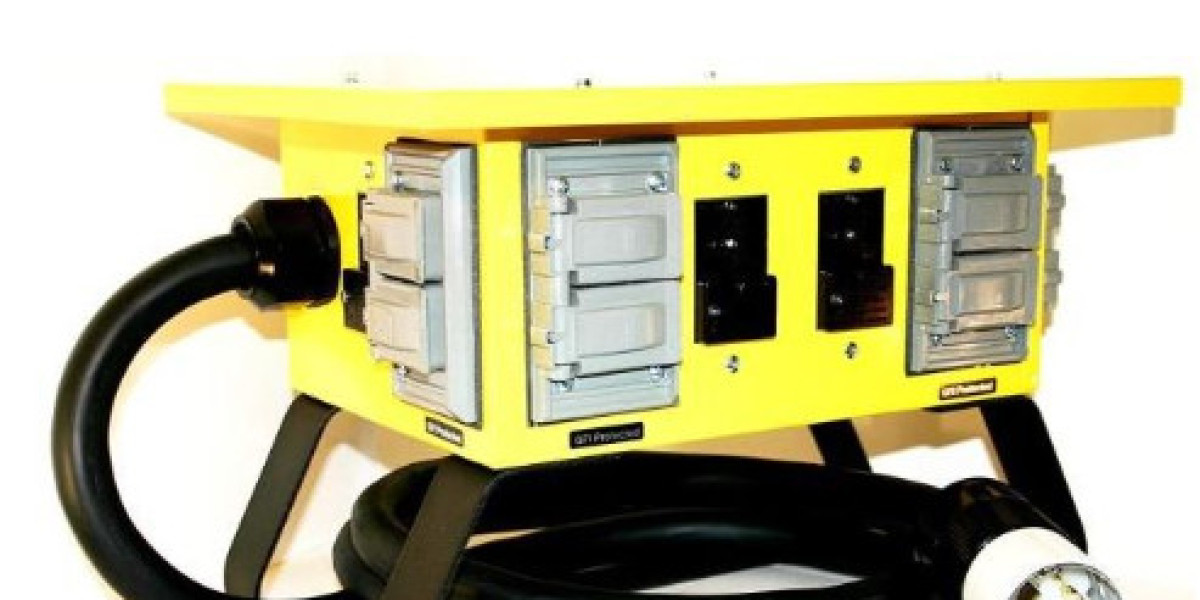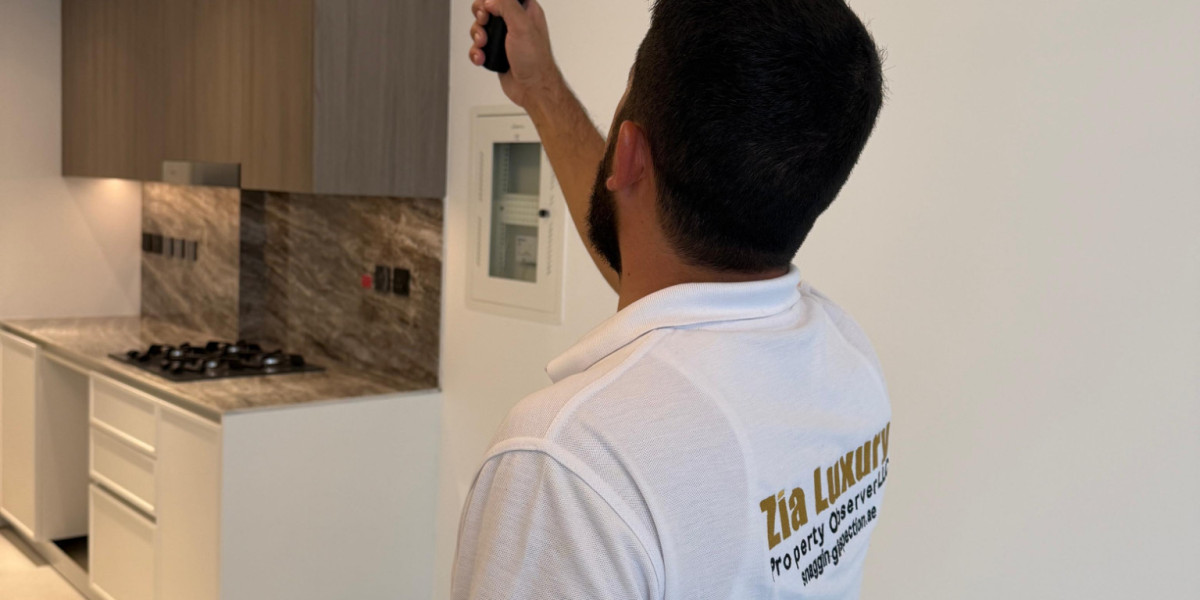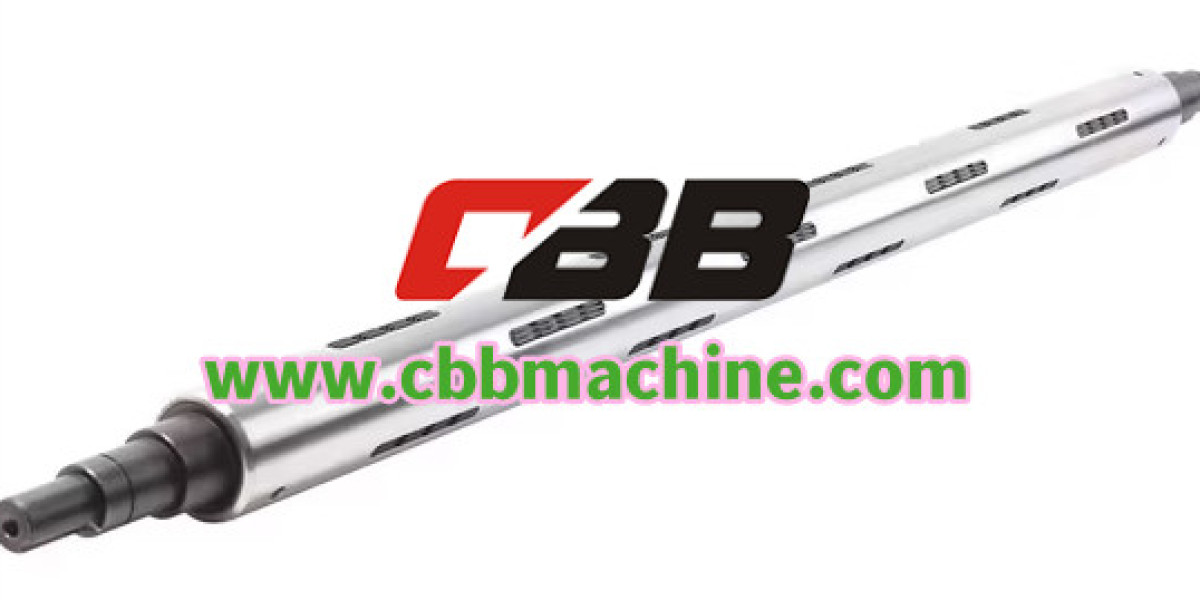In busy production sites and crowded service yards, attention to safety & maintenance shapes both daily routines and long term resilience, and a well specified Socket Box plays a quiet but essential role in that program. When teams place protective enclosures near machines, they reduce exposure to hazards while easing inspection chores. Recent coverage of supply chain disruption and workforce shifts has pushed facility leaders to rethink how simple hardware and clear processes together prevent interruptions and protect people.
Start by treating each enclosure as an inspection point. A regular walkaround that checks seals, fasteners, and visible terminals catches wear before it becomes an incident. Document findings on a shared log so rotating shifts inherit clear status and can act quickly. Visual checks pair well with infrared surveys that reveal hidden hotspots, and simple torque audits keep connections tight where vibration or heavy cycling would otherwise loosen them.
Design choices reduce service load. Select housings that offer captive screws, hinged doors, and removable terminal strips so technicians access internals without losing small parts or disturbing nearby wiring. Gasketed lids and gland plates protect against dust and moisture, while pressure equalization vents stop trapped condensation from corroding contacts. Where outdoor placement is necessary choose materials and finishes that tolerate local exposure and reduce the need for frequent repainting or replacement.
Protection schemes should follow how equipment actually runs. Use branch devices close to high draw loads so a fault cuts only the affected feed instead of shutting down entire areas. Add surge modules where incoming supplies are unstable or where lightning and switching events are common. Label each circuit clearly and keep a wiring diagram inside the cover; that small step saves technician time and prevents accidental isolation of critical services.
Training and access control protect both people and assets. Teach staff simple lockout procedures and how to verify deenergization before any work. Restrict who can change protective settings and keep a record when adjustments happen. For sites that rely on volunteers or temporary crews, fit covers with basic mechanical locks and post short safety cards with emergency isolation steps next to prominent switches.
Maintenance planning benefits from spares thinking. Store common consumables like seals terminal blocks and gland inserts so repairs proceed without delay after a fault or a storm. A compact kit reduces the chance that teams improvise unsafe fixes when time is tight. Also plan replacements for wear items on a cycle so the schedule aligns with slower production windows rather than emergency shifts.
Remote monitoring extends human reach. Temperature sensors and simple current monitors send alerts when a feed draws unusual current or when a junction warms unexpectedly. Those early warnings let crews target checks rather than performing broad, time consuming inspections. In multi site operations, central dashboards concentrate alerts so staff prioritize visits to locations where trends indicate rising risk.
Documentation and supplier support matter. Choose products with clear installation notes torque values and spare part lists so contractors and in house teams avoid guesswork. When a vendor provides accessible technical assistance, field repairs and commissioning proceed faster and inspectors receive the data they require without repeated callbacks.
Finally, combine technical measures with a culture that rewards prevention. Recognize teams that close issues quickly and share short after action notes when incidents occur. Simple transparency helps everyone learn and keeps safety & maintenance a live conversation rather than a checkbox.
If you are planning upgrades or reviewing current practices, consider enclosures and accessory kits that balance protection with serviceability. For product guides, technical notes and accessory choices that support easy inspection and reliable operation, visit www.nante.com . The resources there help match hardware to site workflows and maintenance plans while offering spare part lists to keep installations ready between service visits.














